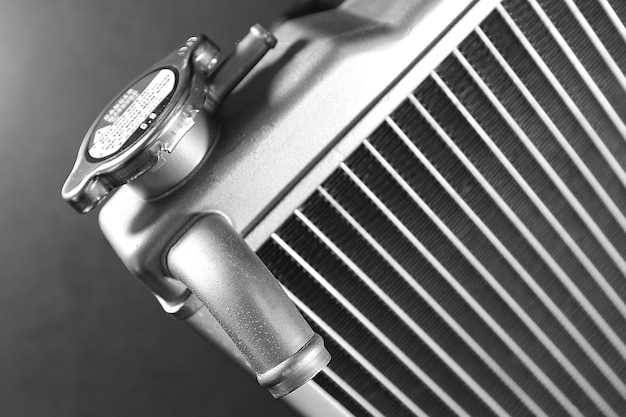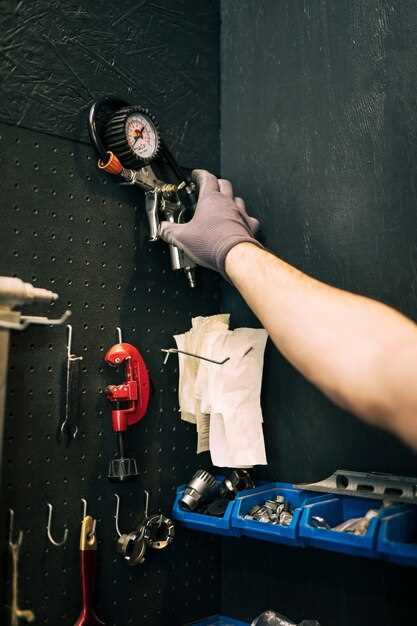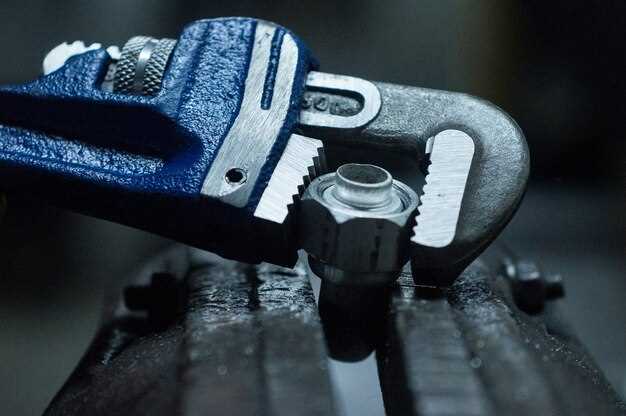
The efficient operation of a vehicle’s cooling system is essential for maintaining optimal engine performance and preventing overheating. To ensure that these systems function correctly, it is crucial to utilize the right tools for diagnosis and testing. In this article, we will explore various scan tools and testers that can help mechanics and car enthusiasts accurately identify issues within cooling systems.
From basic hand-held devices to advanced diagnostic equipment, each tool plays a vital role in assessing the condition of critical components such as radiators, thermostats, and water pumps. Employing these testers not only saves time but also helps avoid costly repairs by catching problems early. Understanding the capabilities of each tool is essential for making informed decisions when diagnosing cooling system concerns.
Through a combination of practical insights and expert recommendations, we aim to provide you with a comprehensive overview of the best diagnostic tools available today. Whether you’re a professional mechanic or a DIY enthusiast, having the right tools at your disposal can greatly enhance your ability to maintain and repair cooling systems effectively.
Choosing the Right Scan Tools for Engine Cooling Diagnostics

Selecting the appropriate scan tools for diagnosing engine cooling systems is crucial for effective troubleshooting. Modern vehicles are equipped with complex cooling systems, and utilizing the right diagnostic equipment can save time and enhance accuracy. Among the various tools available, scan tools that integrate pressure testers are invaluable in assessing the performance of cooling systems.
When looking for scan tools, opt for models that can read real-time data from the engine control unit (ECU). This allows you to monitor engine temperature, coolant temperature, and pressure readings, which are essential in diagnosing potential issues with the cooling system. High-quality scan tools should also support advanced features such as live data graphs and freeze frame data to provide deeper insight during troubleshooting.
Pressure testers are critical in verifying the integrity of the cooling system. By applying pressure to the system, these tools help identify leaks, check the condition of components like hoses, radiator, and water pump. When combined with a scan tool, you can correlate pressure readings with engine performance data, leading to a comprehensive understanding of any existing problems.
Ensure the scan tool you choose is compatible with your vehicle’s make and model. Look for tools that offer extensive vehicle coverage and regular updates to keep up with new protocols and technologies. Whether you’re a professional mechanic or a car enthusiast, investing in the right scan tools and pressure testers is essential for efficient engine cooling diagnostics and maintenance.
How to Use a Pressure Tester for Identifying Leaks in Cooling Systems

A pressure tester is an essential tool for diagnosing leaks in cooling systems. This device helps mechanics and DIY enthusiasts ensure that the cooling system is operating efficiently. Here’s a detailed guide on how to effectively use a pressure tester to identify leaks.
Before you start, gather the necessary equipment:
- Cooling system pressure tester
- Adapter for the radiator or coolant reservoir
- Safety goggles and gloves
- A clean cloth for cleanup
Follow these steps to use the pressure tester:
- Prepare the Vehicle: Ensure that the engine is cool. This prevents burns and reduces pressure in the system.
- Remove the Radiator Cap: Carefully remove the radiator cap. If applicable, ensure to release any pressurized coolant slowly.
- Attach the Pressure Tester: Select the appropriate adapter size and connect the pressure tester to the radiator neck or coolant reservoir. Ensure it is securely fastened.
- Pressurize the System: Use the pressure tester to pump air into the cooling system. Check the manufacturer’s specifications for the correct pressure setting.
- Monitor the Pressure Gauge: Observe the gauge on the tester. The pressure should hold steady; a drop indicates a leak.
- Inspect for Leaks: While the system is pressurized, visually inspect hoses, connections, and the radiator for any signs of coolant leakage. You may use a flashlight to enhance visibility.
- Apply Soap Solution: For small leaks, apply a soap and water solution to areas suspected of leaking. Bubbles will form at the leak site.
- Release the Pressure: After testing, carefully release the pressure from the tester before removing it from the cooling system.
- Make Necessary Repairs: If leaks are identified, ensure to replace or repair the affected components before refilling the cooling system.
Using a pressure tester is a reliable method to identify leaks in cooling systems. By following these steps, you can effectively diagnose and address cooling system issues, ensuring optimal vehicle performance.
Comparing Digital vs. Analog Tools for Effective Cooling System Analysis
When analyzing cooling systems, technicians often face the choice between digital and analog tools. Each type offers distinct advantages, impacting efficiency, accuracy, and user experience during diagnostics.
Digital tools, such as electronic testers and pressure scanners, provide precise measurements and often include features like data logging and real-time feedback. For instance, a digital pressure tester can instantly display the pressure levels within the cooling system, allowing technicians to quickly identify any anomalies. This immediacy enhances troubleshooting efficiency, as these tools can often highlight issues that require urgent attention.
On the other hand, analog tools, while sometimes considered outdated, offer simplicity and reliability. Analog pressure gauges are less prone to technical failures and do not rely on batteries, making them dependable in various environments. Many technicians appreciate the straightforwardness of reading an analog gauge, as it provides a direct assessment without the complications of digital interfaces.
Both types of tools have their places in effective cooling system analysis. Digital devices excel in complexity, providing comprehensive data analysis and advanced diagnostic capabilities. However, analog tools remain valuable for quick checks and situations where immediate results are necessary without the risk of malfunction.
Ultimately, the choice between digital and analog tools should be guided by the specific requirements of the diagnostic task, the technician’s preference, and the operating conditions. Combining both types of tools can offer a balanced approach, maximizing the strengths of each for thorough and effective cooling system analysis.




